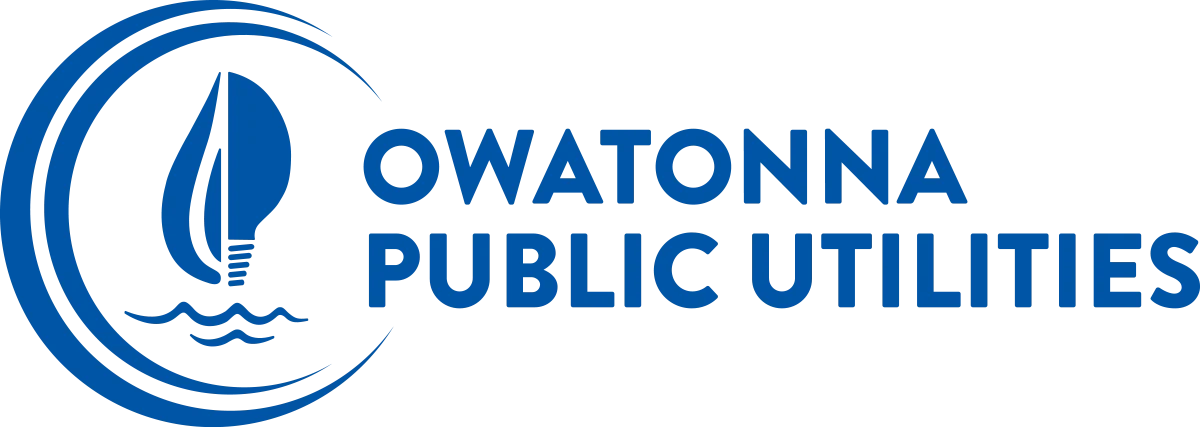
by: Jared Hendricks, Marketing/Energy Conservation Officer
The subject of safe drinking water has become an important topic as events in Flint Michigan continue to unfold. Owatonna Public Utilities has been paying close attention to the situation as Flint’s nearly 100,000 residents struggle daily to find water that is safe to drink and cook with.
As your municipal water supplier, OPU is committed to providing safe water. We regularly monitor and comply with all Minnesota Department of Health and EPA mandates and recommendations for water standards. Part of monitoring for safety includes lead testing every 3 years. Testing was last completed in 2013 and will be repeated again this year. Results for samples taken in 2013, which are from the customer tap with specific procedures, were all well below the actionable level of 15 parts per billion (ppb). An actionable level requires the utility to take extra corrosion correction procedures, make public notifications, and remove lead service lines in the control of the utility. For perspective, lead levels in Flint Michigan have been reported as high as 13,200 ppb, over 800 times higher than the actionable level.(1)
Safe drinking water is at the very foundation of a healthy community, which is why it’s so important that we not only provide safe drinking water, but also educate residents on ways to mitigate any potential risks such as lead in water. The Minnesota Department of Health article “Let it run… and get the lead out!” points out some of the places lead may enter drinking water and how to avoid exposure to lead.
To quote the article, “Lead is rarely found in natural sources of water such as rivers and lakes or underground aquifers”, but it may enter water other places after it has been treated. In other words, lead in water does not come from the water we pump and treat, but enters water after the treatment process. Corrosion inside household plumbing, brass faucets, and lead solder on copper pipes are some of the most common ways lead can potentially enter the water you use. Older homes may also have lead pipes and service lines that can pose a higher potential risk than the average home.
The best way to reduce the risk of lead exposure in drinking water is to let the water run before using it for drinking or cooking. Water that sits idle in household pipes for extended periods of time poses a greater risk of containing lead than the water in the utility main. It is still recommended to flush your water for at least 60 seconds to remove any lead before using it for drinking and cooking. Because lead can dissolve more quickly in hot water than cold water, it is also recommended that you use the cold water tap instead of hot water for cooking.
Newer regulations put in place in 2015 now require most household plumbing fixtures sold in Minnesota meet more stringent low lead requirements. The use of lead solder has also been prohibited on water pipes since 1985. Although these measures do not eliminate your risk, it does reduce the risk of lead exposure as your faucets, fixtures and piping are replaced.
A copy of our Consumer Confidence Report can be found on our website and is updated annually for customers to view. The 2015 Consumer Confidence Report will be made available for customers by July 1st, 2016.
Please visit our website at www.owatonnautilities.com to read “Let it run… and get the lead out!”, view our most recent Consumer Confidence report, or learn more about water safety. Simply click on the Safety tab and then click Water Safety on the left menu.
Dedication to safety, new technologies, and customer education ensure continued safe drinking water in Owatonna for generations to come.
(1) Source: Virginia Tech Research Team Frequently Asked Questions

